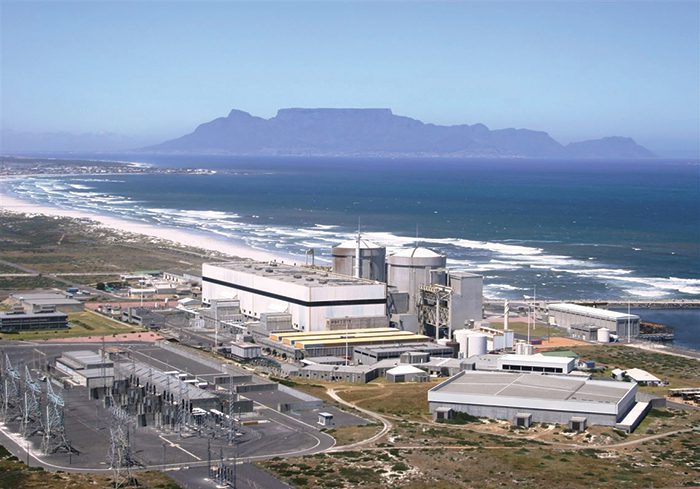Kenya is gearing up to establish its first nuclear power plant, with construction set to start by 2027, according to officials from the Nuclear Power and Energy Agency (NuPEA). During a recent parliamentary hearing, NuPEA outlined plans for the facility, aiming to commence electricity generation by 2034. This initiative mirrors a broader trend across Africa, where nations are increasingly exploring nuclear energy as a means to meet rising electricity demands driven by population growth and industrial expansion. In parallel, Rwanda is making strides toward nuclear power by collaborating with Canada’s Dual Fluid Energy to develop a test reactor characterized by its use of liquid fuel and lead coolant, which minimizes radioactive waste. Rwanda’s goal is to achieve a minimum of 1 gigawatt (GW) of nuclear power generation by 2031, further underscoring the continent’s nuclear ambitions.
In Kenya, the director of strategy and planning at NuPEA, Winnie Ndubai, has indicated that two coastal locations are under consideration for the nuclear plant, with local speculation focusing on Kilifi County—a pivotal tourist area known for its scenic beaches and mangrove environments. However, the regulatory framework for nuclear energy in Kenya is still in development, which raises questions around the project’s timelines and operational protocols. The move towards nuclear energy comes amid discussions on how to sustain the growing power requirements in the country, as officials foresee a potential twenty-fold increase in energy demand by mid-century, largely attributed to accelerating industrial activities.
Kenya currently meets approximately 90% of its electricity needs through renewable energy resources, including geothermal, hydro, wind, and solar power. The proposed nuclear power facility is expected to have an output capacity of 1,000 megawatts (MW) and an estimated budget of around 500 billion Kenyan shillings, or $3.7 billion. Prime Cabinet Secretary Musalia Mudavadi, in an August statement, emphasized the nation’s commitment to promoting clean energy and advancing nuclear technology as part of its sustainable energy agenda. These assertions reflect a significant shift in the government’s approach to diversifying energy sources as a response to rapidly increasing consumption needs.
However, skepticism surrounding the feasibility of the nuclear project persists due to the absence of clearly articulated plans and contracts for construction. Environmental groups such as Greenpeace and the Kenya Anti-Nuclear Alliance have voiced their concerns against the establishment of a nuclear power plant. They advocate for prioritizing investment in renewable energy alternatives, which they deem safer and more sustainable. The anti-nuclear factions argue that pursuing nuclear energy could jeopardize the lives and livelihoods of Kenyans, calling for a strong focus on developing renewable energy infrastructure instead.
In broader terms, Kenya is not alone in its nuclear aspirations. South Africa remains the only African nation operating a nuclear facility with the Koeberg plant near Cape Town, which has been in operation since the mid-1980s. Meanwhile, progress is underway in other African countries exploring nuclear power potential. For instance, Egyptian authorities are collaborating with Russia’s state-owned Rosatom to construct the El Dabaa power station, which will eventually feature four VVER-1200 reactors. In Uganda, plans are in motion for an ambitious 8.4 GW nuclear power station, with potential auspices of construction led by Russian partnerships.
Kenya has stepped onto the international stage regarding nuclear energy by joining efforts to escalate nuclear power capacity globally. Alongside Nigeria, Kenya endorsed the “Declaration to Triple Nuclear Energy” during the COP29 United Nations climate conference held in Baku, Azerbaijan. This initiative aims to expand global nuclear energy output by 300% by 2050—an objective now supported by Ghana and Morocco as well. As countries across the continent focus on bridging energy deficits and diversifying their energy profiles, it remains clear that the debate over nuclear power continues to evolve, reflecting both ambitious aspirations and significant concerns over safety and sustainability.

